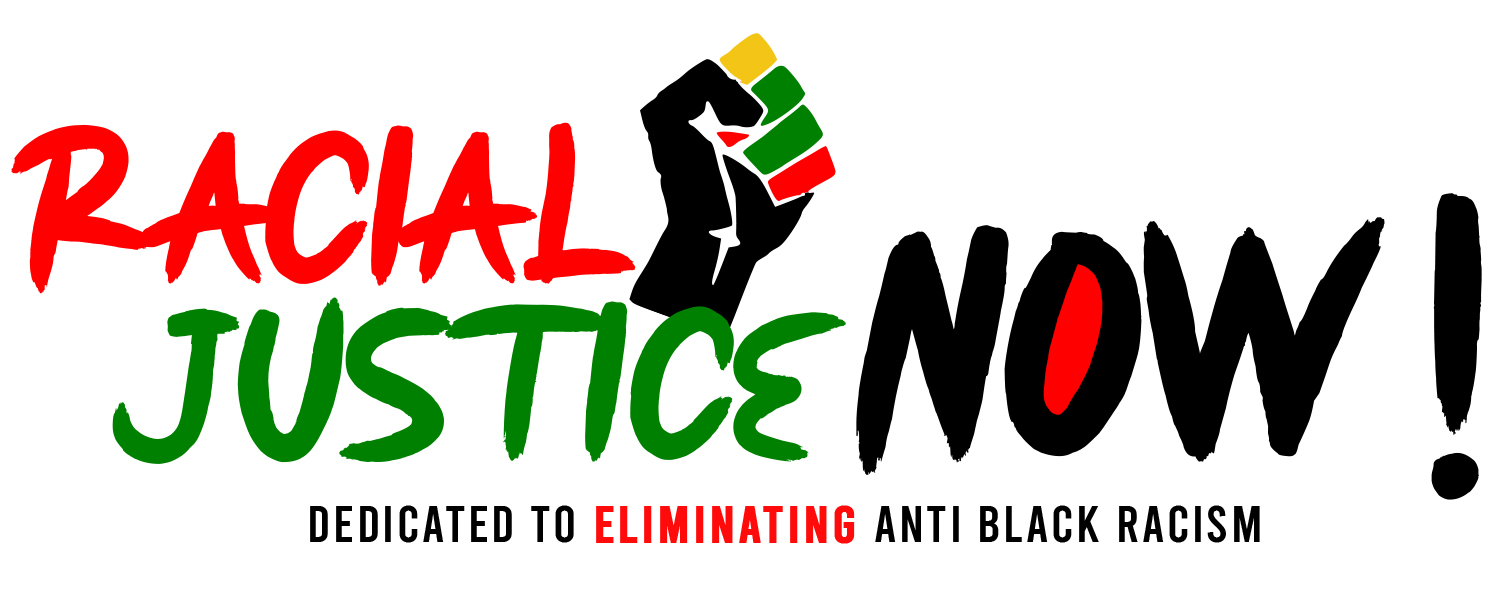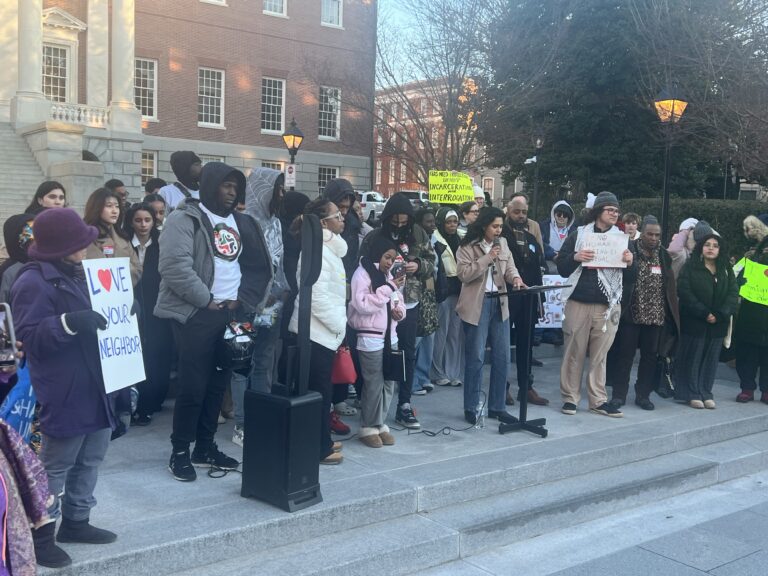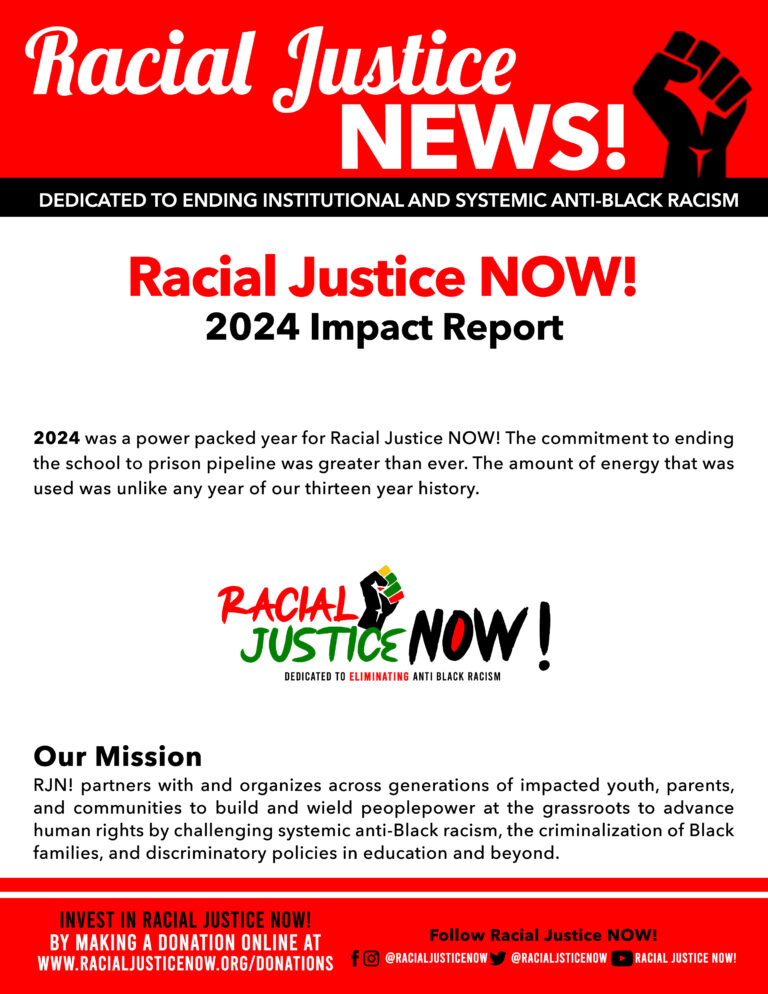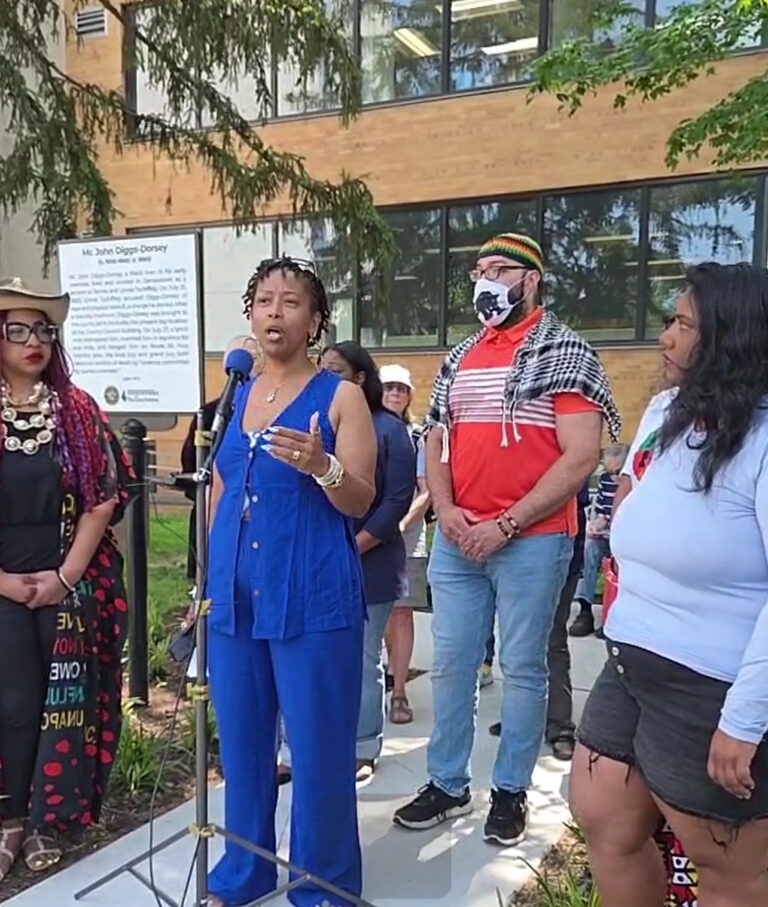School board requested similar data to evaluate resource officer program

As Montgomery County debates whether to keep police officers based in its schools, new data show that Black children make up one-fifth of MCPS’ student population, but account for nearly half of student arrests over the past three years.
This month, amid a national racial justice push, the school board directed MCPS Superintendent Jack Smith to compile data for the past three school years about the number of students — by school and demographic — arrested on school property or as a result of incidents on school property.
The data are intended to frame its discussion about whether MCPS — the state’s largest school district, with more than 166,000 students — should continue employing school resource officers.
Much of the data requested is released annually by the state Board of Education.
It shows obvious disparities in the arrests of white students and their minority peers, particularly Black and Hispanic students.
Between the start of the 2016-17 school year and the end of the 2018-19 school year, 738 MCPS students were arrested on school property or because of incidents on school property.
About 48% (354) of the arrests were of Black children, according to state data.
In MCPS, about 21% of students identify as Black.
“That data shows what we’ve known all along, and it’s that Black and brown kids are disciplined more than their non-colored peers,” student school board member Nate Tinbite said. He said that, in response, MCPS needs to end or “seriously modify” its resource officer program, increase restorative justice practices, review its student code of conduct and increase staff cultural proficiency training.
“It’s time to start putting our talk into action,” he said.
In the 2018-19 school year, 163 MCPS students were arrested, according to data released this week by the state Board of Education. That equals a 0.1% arrest rate for all students, tied for the lowest rate in the state. About 45% (73) of the arrests were of Black students.
In the 2017-18 school year, 137 of MCPS’ 226 arrests (61%) were of Black students. Sixteen white students were arrested that year.
The year prior, 144 of the school district’s 349 arrests (41%) were of Black students.
Data for the 2019-20 school year will not be released until the fall, MCPS wrote in a response to a public records request submitted by Bethesda Beat.
Supporters of resource officers say police are needed in schools to maintain order, and that they often build important bonds with children.
In recent years, MCPS officials have praised school resource officers for having a rapport with students that made them feel comfortable reporting potentially unsafe situations. In October 2018, for example, students reported to Walter Johnson’s resource officer that a classmate had posted a photo to Snapchat posing with an AR-15 rifle, captioned “school shooter.”
The resource officer worked with administrators and county police to identify the student, Luis Cabrera, who was charged and later convicted of threatening mass violence.
During Tuesday’s Maryland Board of Education meeting, two members suggested that state officials “put out some PR” detailing the benefits of school resource officers.
“I’m wondering because there seems to be a disconnect in the way some are thinking of those officers and what the reality on the ground really is,” said Gail Bates, of Howard County.
Vermelle Greene, of Charles County, agreed. She said that as school districts across the country debate whether to disband their programs, she’d “hate for that kind of mentality to creep into the school systems” in Maryland.
“So, if we could avert that, that’d be great,” she said.
Still, as tensions escalate nationally and a greater emphasis is placed on addressing racism, bias and inequity, many advocates are pushing for police to be removed from schools. They say students would be better served with an enhanced focus on mental health resources and other community partnerships.
Local community organization Racial Justice NOW! has called on the Montgomery County school board to remove police from schools, and nearly 300 people have signed an online petition with the same message.
Most research shows that having police officers in schools generally correlates with higher arrest and suspension rates. Black and Hispanic students and students with special needs are most susceptible to harsher discipline.
In MCPS, during the 2018-19 school year, most arrests were related to drug and weapon offenses and “attacks” on students, according to state data.
School resource officers made 120 of the year’s 163 arrests, and all but 22 of the arrests resulted in students being removed from their regular education program for at least one day.
State data only disclose the number of arrests made at a school if it exceeds 10. The data are not disaggregated by race for each school.
The schools that reported more than 10 student arrests in the 2018-19 school year were:
- Northwest High, 14
- Clarksburg High, 14
- Paint Branch High, 13
- Bethesda-Chevy Chase High, 20
- Watkins Mill High, 13
- Montgomery Blair High, 14.
In a statement, school district spokesman Derek Turner wrote that MCPS “takes a multi-pronged approach” to “preventing the criminalization of students for school disciplinary matters.”
He pointed to the school district’s memorandum of understanding with law enforcement, revised in 2017, that “specifically delineates the duties of the School Resource Officer (SRO) and school system staff.” The agreement says a school’s principal is the “primary source for disciplinary consequences and interventions for student misconduct.”
In his statement, Turner highlighted research from the Yale Child Study Center that says people’s biases could affect their perception of disruptive behavior as early as preschool.
He said staff members receive cultural proficiency training and participate in professional development to address implicit biases that contribute to a disproportionate referral of students of color for disciplinary action from law enforcement.
“We continue to review our data and practices to ensure the best outcomes for our students and schools,” Turner wrote.
Along with higher arrest rates, Black and Hispanic students are also more likely to be suspended, according to MCPS data.
In February, MCPS for the first time released student suspension data disaggregated by student demographic and socioeconomic status.
The data showed that roughly 80% of all suspensions over the past three school years were of black and Hispanic students, and that those student groups were about three times as likely as their peers who are white, Asian or other ethnicities to be suspended.
School district officials at the time said MCPS was beginning to roll out updated, expanded staff training about how to de-escalate tense situations.
The district also is implementing more focused restorative justice practices and has convened a “suspension workgroup” that is developing a plan to address Hispanic and Black students’ suspensions.
Caitlynn Peetz can be reached at caitlynn.peetz@bethesdamagazine.com






